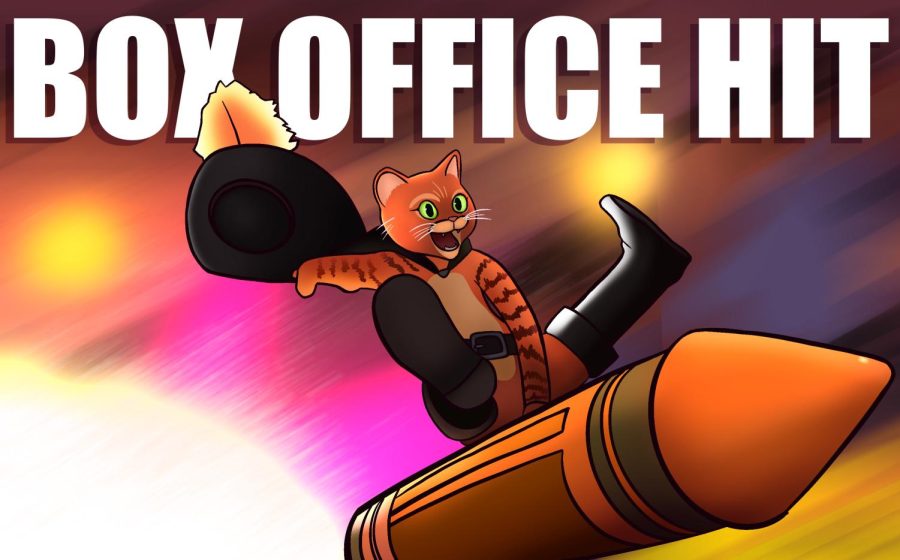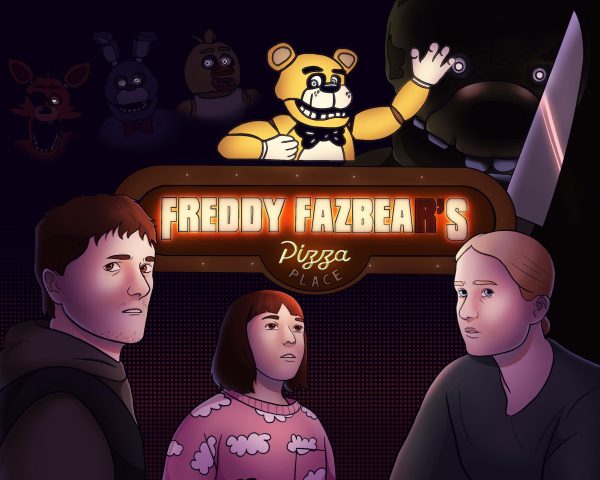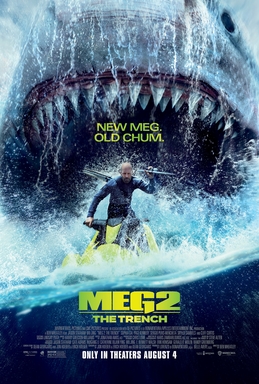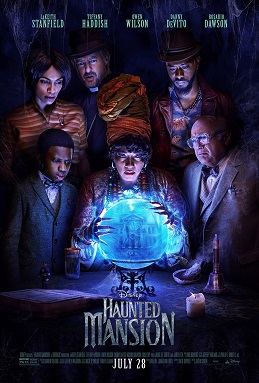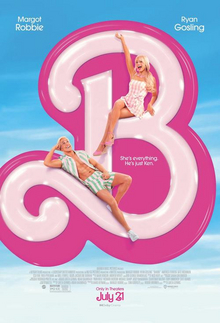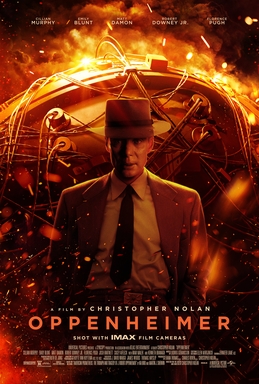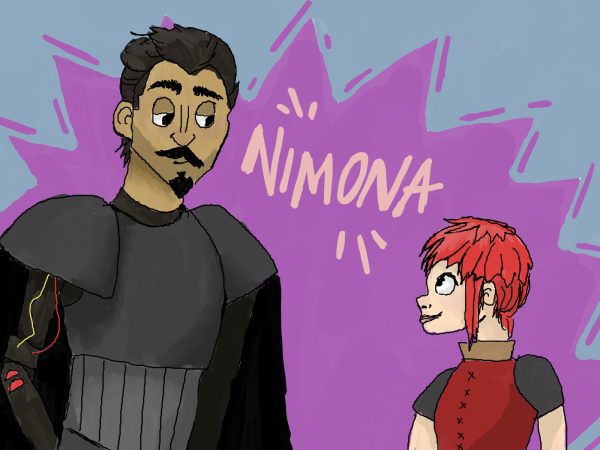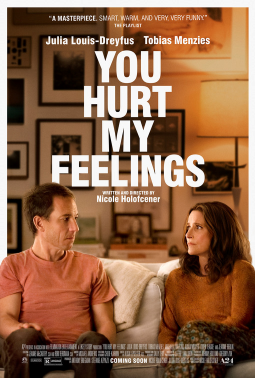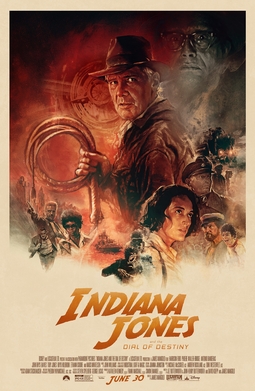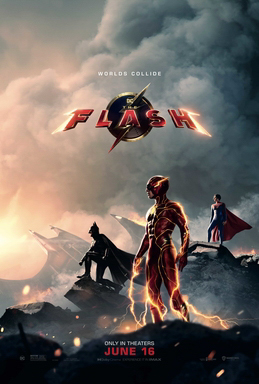‘Puss in Boots: The last wish’ is the purrrfect movie
‘Puss in boots: The last wish’ is worth all nine lives.
The last wish should be to watch this movie again
January 26, 2023
I would give my last life to watch “Puss in Boots: The Last Wish” for the first time again. I went to the Village Cinema in Pullman, WA, to watch it and it single-handedly raised my standards for animated movies.
I tend to go into animated movies with lower expectations because of their mediocre animation and predictable plot lines. But, this movie had a perfect balance between romance, friendship, action and humor presented in a top-tier animation style that I had never seen before.
The Pullman Cinema seating is on a first come first serve basis, so when we entered the movie theater five minutes before the start time, we were shocked to see that the only open seats were in the very front row. (I have never been to a movie in Pullman that was as full as this one was.)
Instead of being irritated by how close I was to the screen, I realized it was the perfect opportunity to spot all of the detailing of the animation.
The traditional animation style of other Dreamworks movies, like “Shrek,” uses a combination of 3D CG animation. However, the style used for the Puss in Boots movie focused on a less realistic approach to animation, using a “painterly” aesthetic to have more of an artistic approach.
This animation style somehow felt like the “real” elements, like life lessons, were more important to absorb because of the creative approach.
Life lessons and fairy tales have always had a close relationship with one another. Generally, these life lessons are for younger audiences, but I left the movie theater with a newfound sense of purpose.
The movie essentially follows Puss in Boots along his journey to appreciation of his last life. Cats have nine lives and at the beginning of the story he spends his eighth life after an epic battle in the streets.
After his eighth life is spent, he is greeted by The Big Bad Wolf, also known as Death, who comes to collect the 9th and final life of the heroic cat. He enters with a spine-chilling whistle that not only made the hair on Puss’s body stand up but mine as well.
I am not usually afraid of the villains in stories like this, but if I was greeted by The Big Bad Wolf before my death, I would be shaking in my boots.
The classic trope of an old lover resurfacing in an important period of someone’s life was a huge part of this story, along with the accidental sidekick that gets roped into the journey.
Kitty Softpaws was the love interest in the story, who was roped in when Goldilocks and the three bears (bounty hunters) hired her to help find the map to get to The Wishing Star.
The bounty hunters went to seek out Puss, but since he retired to preserve his final life, they assumed he was dead. He ended up going to the home of an old cat woman, where he grew out his facial hair and appeared to be a domesticated house pet.
The elements of personifying his character to resemble a washed-up hero with grown-out facial hair was so entertaining and relatable in comparison to other heroes who feel they have lost their sense of purpose.
In the home, he meets the accidental side-kick, a dog named Perrito who is disguised as a cat. After hearing about the map, Puss decides to risk his last life to wish for the rest of his lives back. He escapes the house, followed by Perrito, and runs into his ex-flame Kitty Softpaws.
On their journey, Perrito opens up to Puss and Kitty about the trauma he endured as a puppy and how he thought his family was playing with him every time they would abandon him.
There are numerous theories about this storyline and the characters, including one about the contrast between Perrito and The Big Bad Wolf.
For one, the two of them are the only dogs in the entire movie and the explicit characterization of Death in relation to the wolf leads me to believe that the optimism that Perrito has on life resembles that he is the epitome of life itself.
The trio along with Goldilocks and the three bears are not the only ones after The Wishing Star. Jack Horner, whose nursery rhyme resembles greed and opportunism, wishes for all of the power in the world.
I really enjoyed the writing of the movie and how much they made fun of materialism and overindulging in capitalism through Big Jack’s character. He is the classic character that wants to rule the world, which is always one of my favorites because we all know someone that acts as he does.
The plot was somewhat predictable, but the suspense was still riveting. At the end of the story there is an epic battle between The Big Bad Wolf and Puss in Boots with the motive to preserve his final life for as long as possible. Puss wins the battle and accepts that he and Death will meet again in the future.
Another theory that I found to be interesting throughout the piece was the relationship between Death and Puss. In the beginning, Puss repeated the phrase “Puss in Boots laughs in the face of death,” nearly losing every fight with the wolf. In the end, he is much stronger and wins.
The theory itself was that since he found a purpose deeper than being a hero, he was willing to fight for his last life because of how many incredible people and experiences he learned about on his journey.
The ability to twist classic stories into more in-depth and creative plots is truly admirable and the writers of “Puss in Boots: The Last Wish” perfectly mastered it, with relatable comic relief on top of addressing real issues and budding romance.

